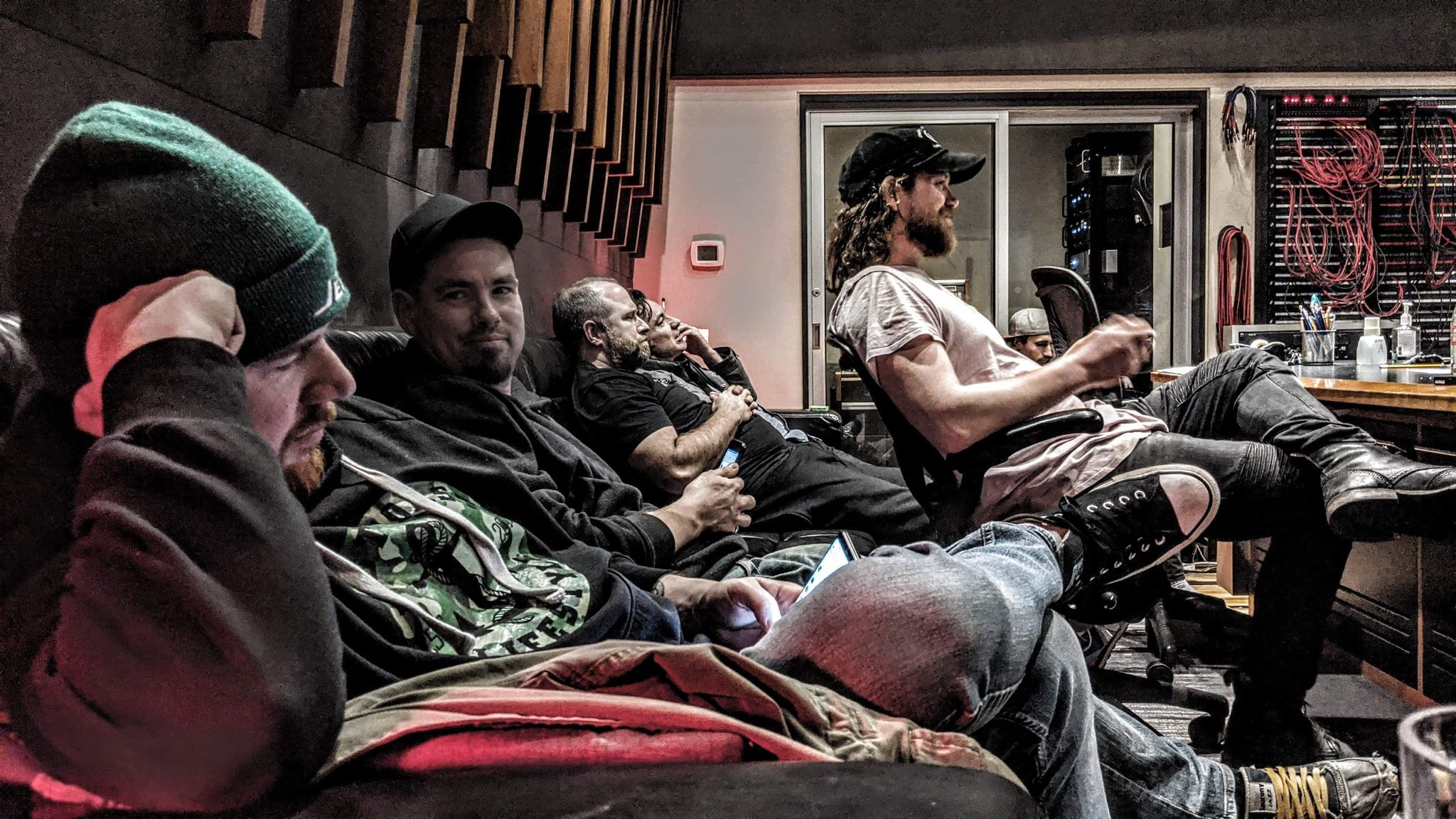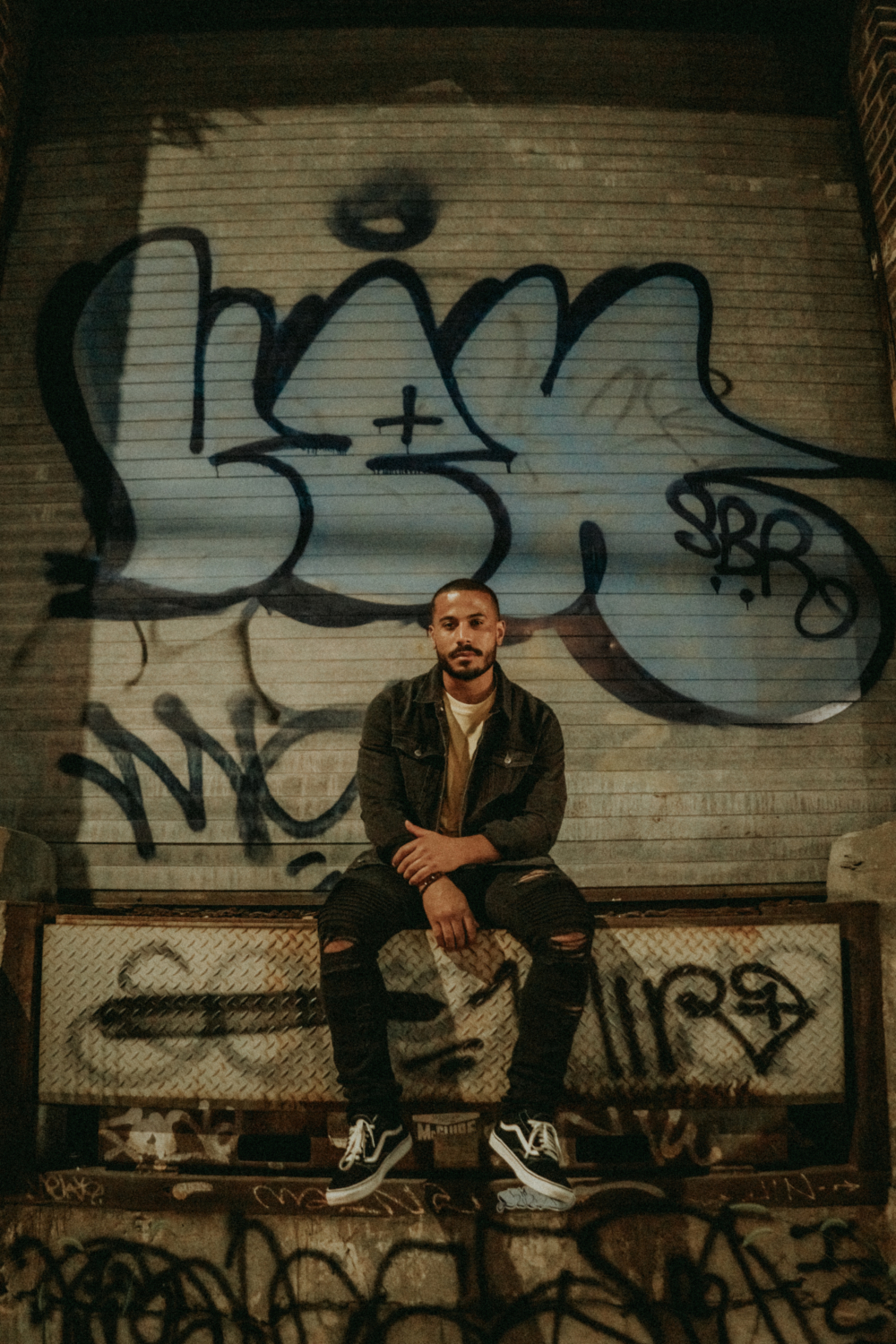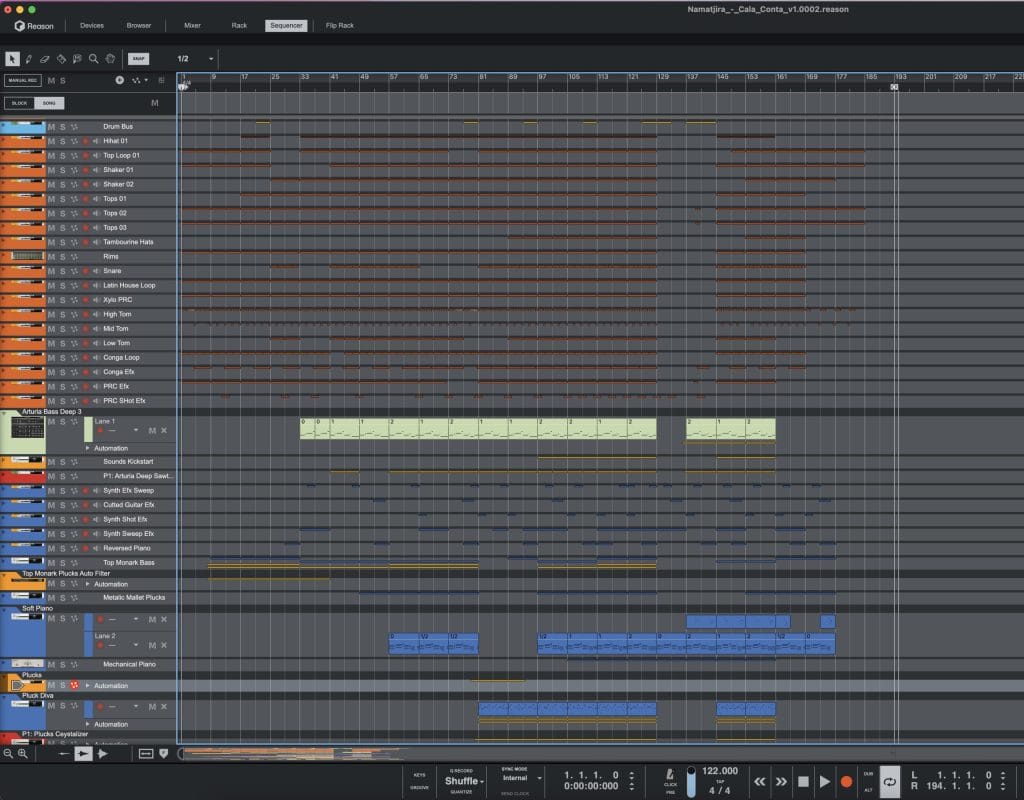
How It Was Made: Namatjira – Cala Conta (90Watts + Organic House)
Dutch producer Namatjira has been a familiar name in progressive house for close to twenty years, releasing on respected labels like Anjunadeep, Proton, and 90watts. His music has consistently carried a balance of flowing melodies and tightly programmed grooves, earning him a place in the collections of DJs across Europe and beyond. With his latest double A-side, Cala Conta and Yalanchi, Namatjira returns to 90watts with a release that points toward a new chapter in his career.
Following his remix of Mike Kohl’s Home, these two tracks highlight the producer’s shift toward a more organic house direction. Cala Conta opens with earthy percussion and subtle melodic flourishes, while Yalanchi builds around patient layers that create a meditative but forward-moving energy. Both tracks carry the depth of an artist who has spent years refining his approach, while also signaling a willingness to embrace fresh textures and ideas.
For this edition of How It Was Made, Namatjira takes us inside the sessions for Cala Conta and Yalanchi, breaking down the instruments, plugins, and techniques that shaped the release.
LABS by Spitfire Audio – Soft Piano
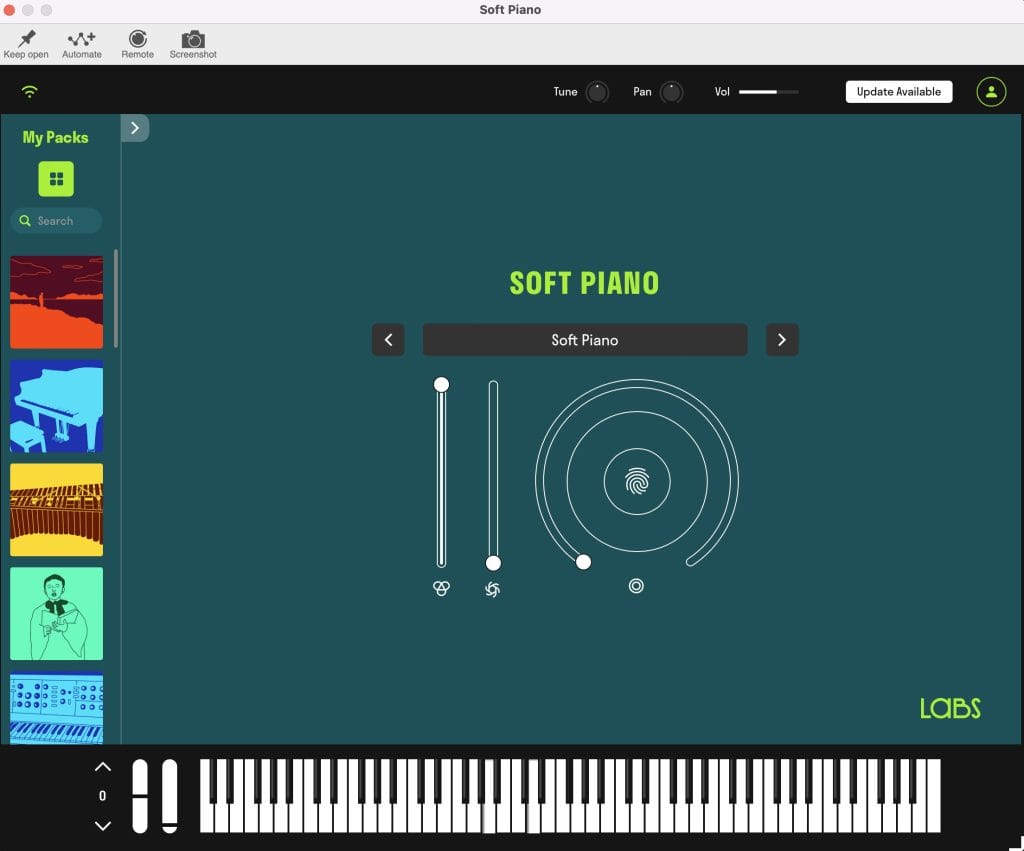
I’ve always loved the character of Spitfire Audio’s Soft Piano. There’s something really human about it. It instantly feels warm and intimate. It’s one of those sounds that can carry so much emotion without needing much else around it. For organic house, it just sits perfectly, adding depth without ever getting in the way.
In Cala Conta, the Soft Piano became the backbone of the main theme. I actually layered it with Reason’s Radical Piano to bring in some of those mechanical details, little noises and textures that make it feel more alive. That blend gave me a sound that felt both soft and imperfect in a beautiful way. I didn’t process it much at all, just a light EQ (Pulsar W495) and Valhalla’s Vintage Verb to give it space, because the natural tone of the two pianos together was already inspiring enough.
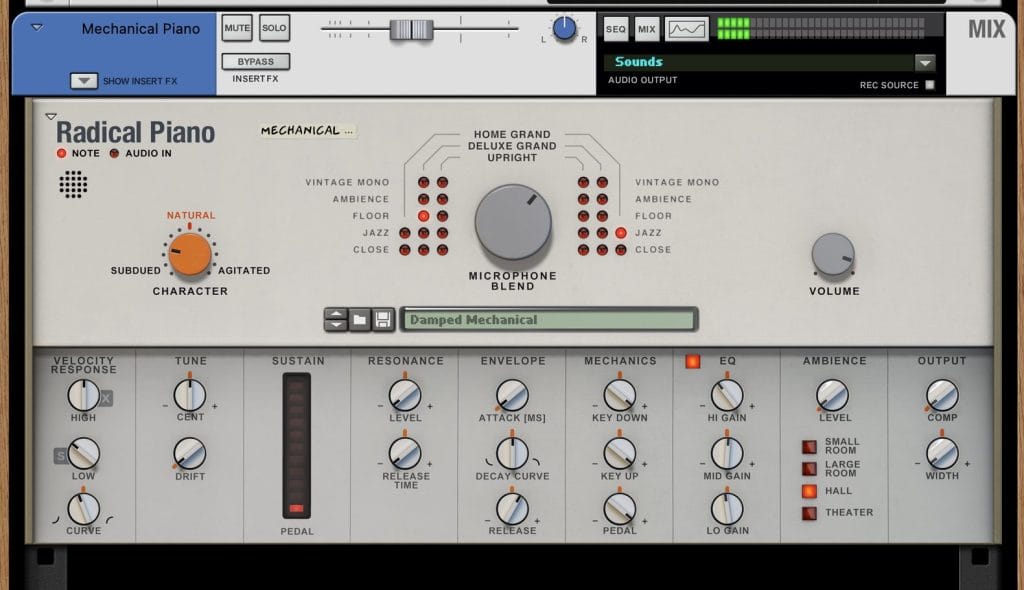
If you’re making organic house, this kind of piano can really set the mood. My opinion is not to treat it like a “lead” instrument, sometimes it’s more powerful when it’s just floating in the background like a pad. That’s when it really connects emotionally on the dancefloor, when it feels like it’s part of the atmosphere rather than dominating it.-
Crystallizer
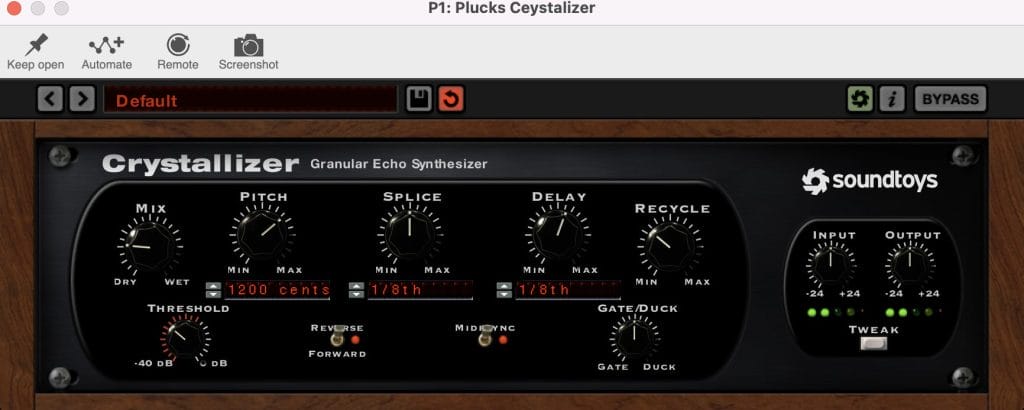
Crystallizer is one of those plugins I reach for when I want to add something unexpected. It’s granular, a bit unpredictable, and it can completely flip a simple melody into this shimmering, dreamy texture. I love how it doesn’t just delay or pitch shift, it kind of deconstructs the sound and throws it back in a new, sparkling way.
On Cala Conta, I used it on some of the pluck melodies, but really subtly.
I didn’t want the effect to stand out too much, more like something you feel rather than hear directly. The effect is running on a parallel bus, so I was able to let it come and go. That way the sound dissolved into the background and turned into a moving atmosphere. It gave the track an extra layer of depth without making the mix busy.
For anyone producing organic house, Crystallizer is a great way to add that sense of space and dreaminess. My tip is to keep the mix knob low, let it act like a hidden pad that just breathes behind your main sounds. It’s one of those tricks where the listener doesn’t notice it right away, but it makes the whole track feel more alive.
Kiive Audio – Tape Face
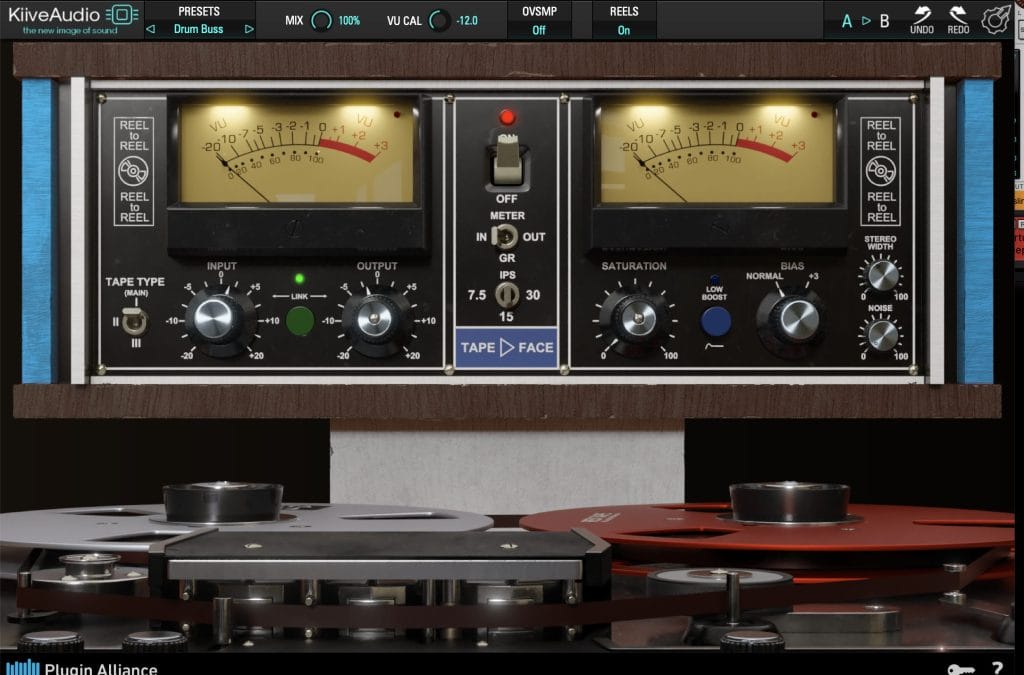
Tape Face is one of my go-to plugins for drums. It’s basically a tape emulation of a German tape machine. What I love about it is that it doesn’t just add warmth, it glues everything together in a really natural way. It can add a bit of grit if you push it, but even with light settings, it gives the drums more character and makes them feel less “digital.”
On Cala Conta, I threw Tape Face on the drum bus and started from the Drum Buss preset. I kept things really light, saturation all the way down, bias on normal, noise off, because I didn’t want to color the sound too much. For me it was more about that subtle tape feel and the way it glues everything together. The stereo width gave the tops a bit of extra air, while the overall tape character smoothed the groove just enough to make it feel alive.
For organic house, I think Tape Face works best when you don’t overdo it.
Just let it sit on the bus and do its thing, rather than cranking the saturation. I always keep the low end tight and centered, but open up the highs a little for extra space. It’s a simple move, but it makes the drums feel warmer and more human, which is exactly the vibe I’m after.
Reason Studios – Master Fader
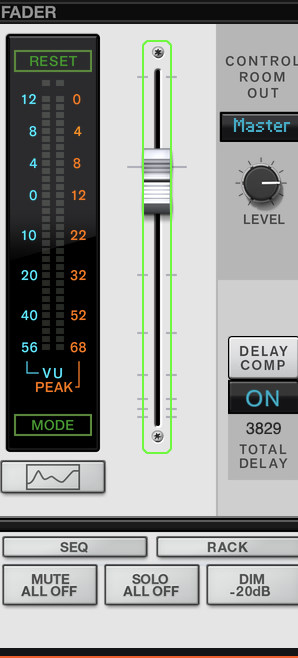
This one isn’t really a plugin, but it’s something I do on every track. From the very start of a project, I set my master fader at –1.50 dB and keep that as my baseline. It gives me a consistent headroom to work with, and it keeps everything in check when it comes time for mastering.
During the short and long breaks, I automate the fader down by about 1 to 1.5 dB. Then, right before the drop, I bring it back up to –1.50 dB. That way the first kick after the break really slams, you get that “bam” effect without having to add tons of processing. It’s a simple move, but it makes the drop feel way more powerful.
If you try to do it the other way around, by pushing the fader up in the drop, you’ll just run into problems in mastering because the drops end up much louder than the rest of the track. Keeping the baseline steady and dipping during the breaks creates contrast without overloading the master. It’s a small trick, but for organic house it works every time.
Namatjira‘s Hot Takes on the Scene +
Hot Take #1:
For me, organic house isn’t about following trends. It’s about writing music that still feels honest and timeless years later.
Hot Take #2:
I don’t believe in stacking endless layers. If a sound feels right, I’d rather give it space in the mix and let it do the talking.
Hot Take #3:
Dynamics are everything. A track that breathes will always hit harder on the dancefloor than something that’s just pushed loud all the way.
Hot Take #4:
I actually like limiting myself with gear. It forces me to dig deeper into the ideas instead of getting lost in options.


